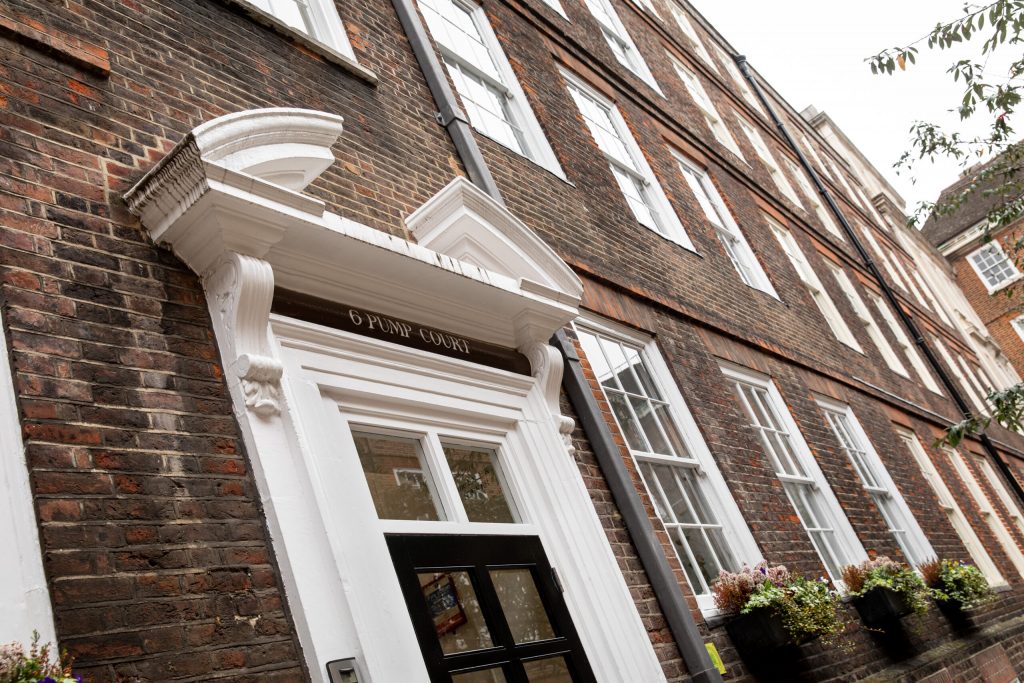Peter Cruickshank successful in High Court case stated appeal for obstruction of the highway offence
July 7, 2025

Derek Smith v Great Yarmouth Magistrates’ Court [2025] EWHC 1640 (Admin)
Vauxhall Bridge in Great Yarmouth is an old vehicle bridge. David Eric Smith purchased land in 1989 which covers much of the approach to one side of the bridge. Mr Smith leased that land to a business which stores and sells motor vehicles. There is a portacabin on site serving as the business office. A fence encloses the cars and portacabin. The approach to Vauxhall Bridge has therefore been effectively blocked off by the fence, portacabin, and vehicles, save for a small pedestrian pathway along the western side of the fence and leading to the bridge.
By summons dated 7 December 2023 Mr Smith was charged by Norfolk County Council, the relevant Highways Authority, with 6 offences of obstruction of the highway, contrary to section 137 of the Highways Act 1980:
(1) Three offences were alleged to have been committed on 25 August 2023, by: (i) maintaining the fence; (ii) maintaining a cabin building; and (iii) placing cars for sale on the land with such permanence as to amount to obstruction.
(2) Three further offences were alleged to have been committed on 8 September 2023, again by: (i) maintaining the fence; (ii) maintaining a cabin building; and (iii) placing cars for sale on the land with such permanence as to amount to obstruction.
At his trial, Mr Smith accepted that he had placed cars on the land, and he had responsibility for the portacabin. He said that the fence had been put up by Great Yarmouth Borough Council before he bought the land. On behalf of Mr Smith, it was said that the Court could not be satisfied there was a highway, because the presumption of s.31 Highways Act 1980 could not be satisfied. This requires the land to have been “actually enjoyed by the public as of right and without interruption for a full period of 20 years”. It was argued that the Council’s evidence of photos from archives and research showing the bridge between 1946 and 1988 were not enough to show 20 years continuous use. Mr Smith argued that there was uncertainty about when the 20 years continuous use ought to be calculated from, because the fence was on the land when he purchased it.
After trial on 02 September 2024, Mr Smith was found guilty of 4 of the 6 offences:
a. Found guilty of the charges for both 25 August and 08 September concerning (ii) maintaining a cabin building, and (iii) placing cars for sale on the land with such permanence as to amount to obstruction;
b. Found not guilty of the charges for both 25 August and 08 September concerning (i) maintaining the fence. The bench were satisfied that the fence had been put up by Great Yarmouth Borough Council, and so he was not responsible for that.
Mr Smith appealed his conviction to the High Court by way of case stated. Mr Smith (now the Appellant) argued that there was insufficient evidence for the Court to be satisfied that there was a highway. The Appellant argued that the Court had been wrong to conclude that the 20 year period ran backwards from an unspecified date, “between the last photograph in 1988 and the purchase of the land by the Applicant”. The Appellant argued that because the evidence was piecemeal, there was insufficient evidence to prove the existence of 20 years continuous use.
The High Court dismissed Mr Smith’s appeal. Lord Justice Bean and Mr Justice Lavender held that the requirements of section 31 “were plainly satisfied whether the fence was erected in January 1988 or March 1989 or on any date in between.” The High Court further held that it was sufficient for the Council to rely on the photographs, and a minute of a sub-committee meeting of 1982 which discussed whether the council should spend money to enable the bridge to be used again by heavy, as well as light, traffic.
Peter Cruickshank appeared for Norfolk County Council, the interested party, who brought the Prosecution. A copy of the judgment is available here.



